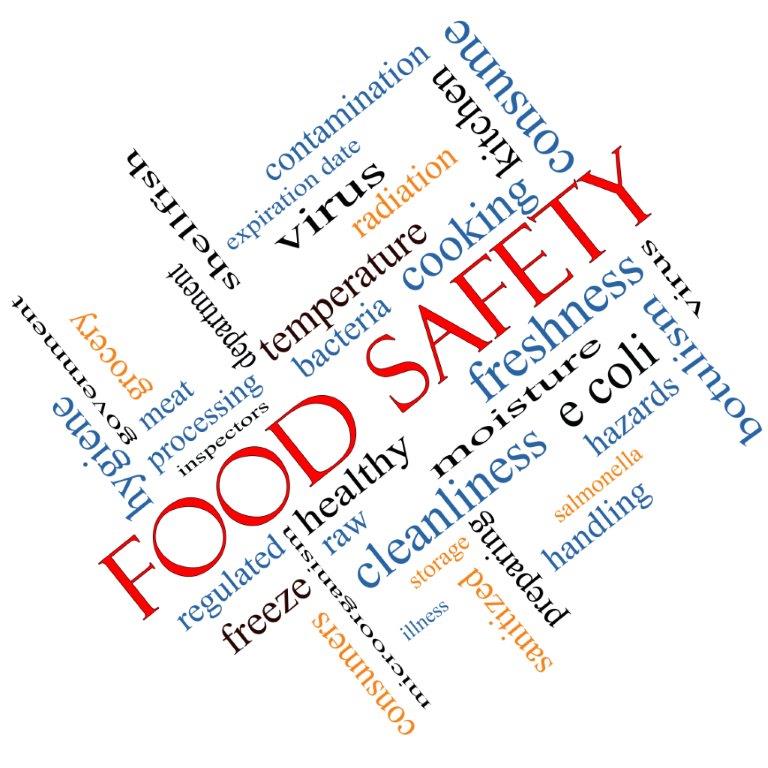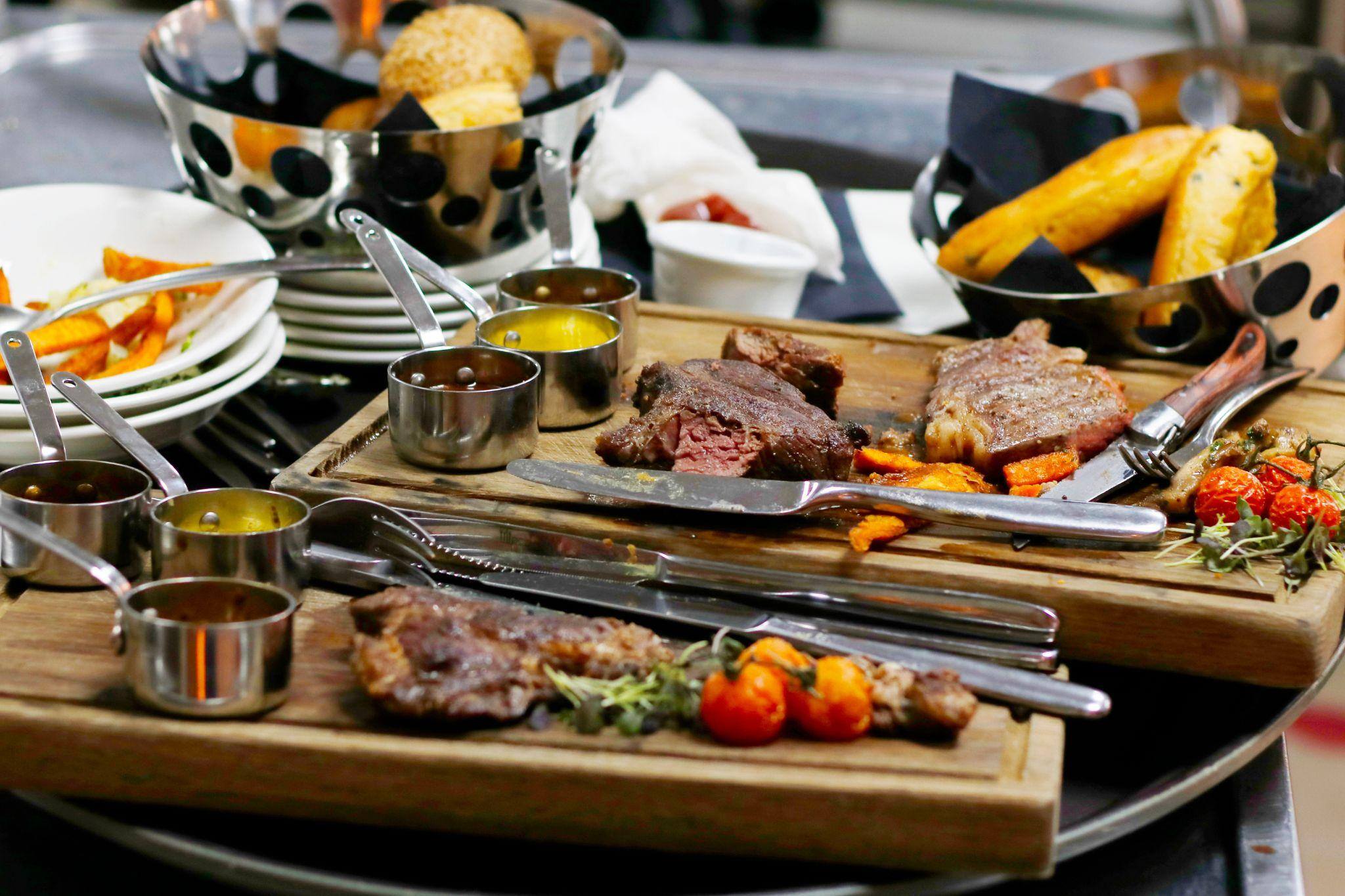Interest in food safety has been on the rise, particularly in the wake of widely reported foodborne illness outbreaks. “Ask Us” is a monthly feature in which we answer questions and offer perspectives relevant to consumers and diners interested in food safety issues.

No, not all food safety violations are equal. State and municipal health codes can vary widely in the U.S., and those regulations can mandate a huge range of requirements. In addition to the obvious criteria for safe operations, some regs can also impose admittedly arcane and difficult requirements on restaurants and commercial kitchens that only indirectly relate to food preparation.
But that’s why many health departments divide violations into “critical” and “non-critical” types.
What are critical violations?
Critical violations are the most serious safety issues, the ones that should cause diners to think carefully about whether they want to eat at a restaurant. The number one type of violation here is temperature-related. Health inspectors want to verify that food is not being stored or held at temperatures in the “danger zone,” or between 40¡F and 140¡F, where bacteria can thrive.
Other critical violations can include the way food is stored or handled. For example, what if raw meat were stored on a shelf right above the lettuce? That raw meat will be cooked…but the lettuce won’t be. Similarly, what if the restaurant threw raw vegetables onto a cutting board that just had raw meat on it, or used the same knife to chop both? Those are very serious issues that significantly increase health risks for diners.
What are non-critical violations?
Everything around a restaurant inspection is geared toward creating conditions that impede rather than encourage the growth of bacteria dangerous to humans, so non-critical violations are important too.
That said, they are less likely to have an immediate impact on the safety of a meal because these regulations tend to focus on protocol and kitchen processes more than the meals themselves. A restaurant might get cited if it doesn’t maintain a minimum level of cleanliness, or if facility repairs are needed. And to be fair, some regulations can be very bureaucratic, for example, even specifying how many clean linens must be available.
What happens if health inspectors find a violation of any sort?
The restaurant will be expected to fix any critical violation on the spot. In either case, they will be subject to re-inspection in the near future, and the findings will factor into their health score. It takes either a very, very serious violation or a long history of repeated violations to get a restaurant shut down. Consumers should always inquire past the number or letter grade of the restaurant to understand exactly what violations were found.
Read more about all Ask Us entries, or contact ComplianceMate with questions.


